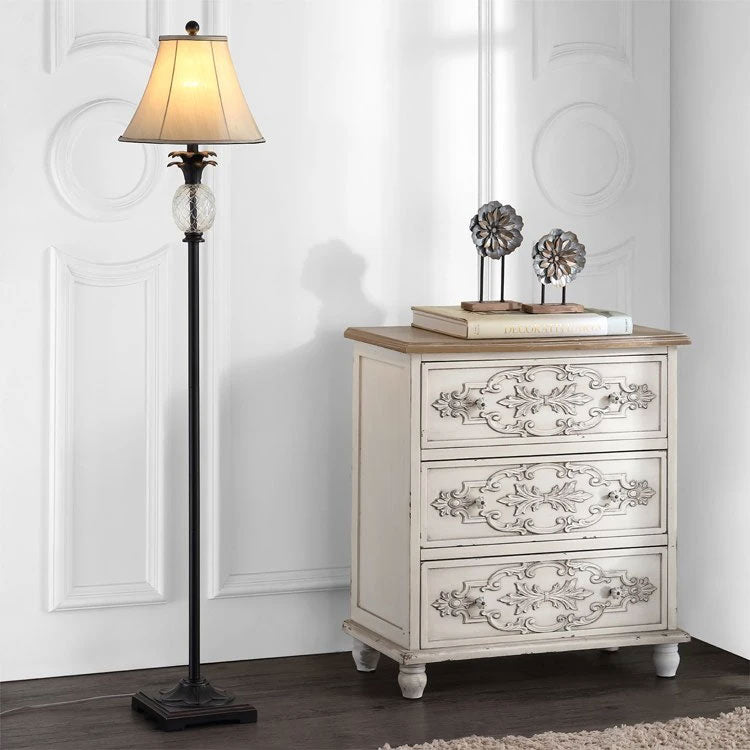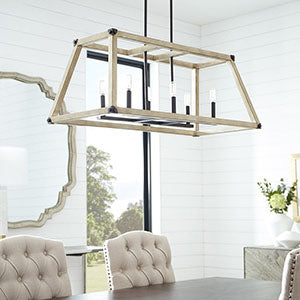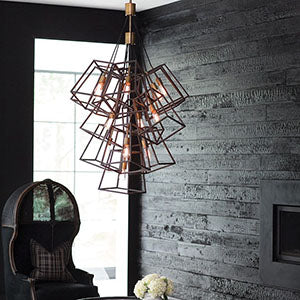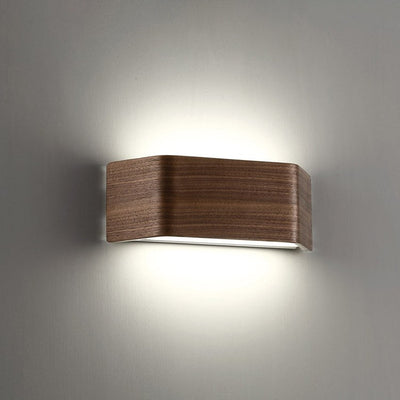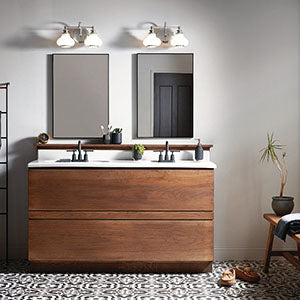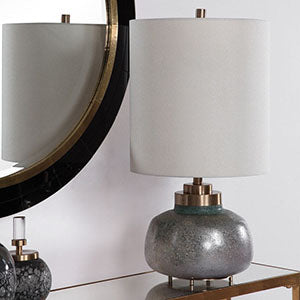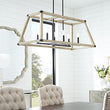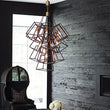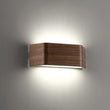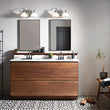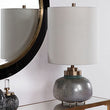Lighting
The Essential Guide to Light and Lamp Shades
Light shades and lamp shades play a more significant part in room design than you may think. They enhance your home design style and protect your eyes from bare bulbs by diffusing the light. They also control the direction of the light for ambient or task lighting. Shades are used with table lamps and floor lamps, as well as on sconces, pendants, and chandeliers. Here’s all you need to know to choose shades that lend beauty and warmth to your home.
Light and Lamp Shade Shapes
Lamp shades come in a variety of shapes. Some silhouettes are traditional, some are modern, and others showcase a transitional or eclectic look.
Look for lamp shades proportional to the lamp body. This ensures a safe distance between the bulb and the shade, and gives the lamp a pleasing visual balance. Each shade type can work with any décor style.
Empire Shades
Empire lamp shades have angled sides and resemble a cone with the point cut off. The slope of the sides varies from steep to gradual. The shade’s silhouette may be tall and narrow or short and wide, and everything in between. Because the shade opening is larger at the bottom than at the top, more light emanates from the bottom. Empire is one of the most classic shade styles for table lamps.
Drum
Similar to a snare drum, the sides of these lamp shades are perfectly vertical. Drum shades are modern and sophisticated. You’ll find them across light fixture types, from table and floor lamps to chandeliers to semi-flush mount lights. Light glows evenly from the top and bottom of the shade because the openings are the same size.
Bell
The curved sides of these shades resemble bells, giving them a graceful or romantic appearance. Similar to empire shades, the opening at the top is narrower than the opening at the bottom.

Tulip
This shade is often made of frosted glass and used with pendants, sconces, vanity lighting, and chandeliers. The shape resembles its namesake flower with slight flaring on one side like petals in bloom.

Square and Rectangular
These shades have straight sides and four corners. Square and rectangular lamp shades are an elegant alternative to more traditional circular shades.

Torchiere
This style of light shade is completely closed at the bottom and wide at the top, sending the light up towards the ceiling. Torchieres are used in floor lamps to create ambient lighting for the room, rather than targeted task lighting.

Globe or sphere
As an alternative to a traditional fabric shade, many lighting fixtures showcase glass globes or spheres over the bulb. These globes are typically opal or smoked glass to diffuse the light from the bulb.
Shades look best with lamp bases of a similar shape. A circular base looks perfect paired with an empire or bell shade, for example, while a square base is gorgeous with a square shade. But design rules are meant to be broken, so go ahead and mix and match for an eclectic result!
Lamp Shade Materials
The materials used for lamp shades affect the level of light diffusion. Most textile shades feature a natural woven fabric over a translucent hard backing. Fabric shades can have an elegant smooth weave or a rustic textured weave. Other materials (such as metal and glass) allow for more creative and distinctive shapes. Common shade materials include:
- Linen – Organic and sophisticated with a subtle texture
- Cotton – Casual and versatile with a refined weave
- Burlap – Rustic and chic with a textural weave
- Silk or Satin – Luxurious with an elegant sheen
- Metal – Bronze. Nickel. Brass. Finishes vary from brushed to polished to burnished.
- Glass – Shades crafted from glass can have a vintage or an ultra-modern quality. They can showcase classic shapes (such as Tiffany-style lamps) or contemporary sculptural shapes.
You’ll typically find fabric shades on table lamps, floor lamps, chandeliers, sconces, pendants, and semi-flush mount lights. Metal and glass shades are more common on floor lamps, pendants, sconces, and chandeliers.
Lamp Shade Colors and Patterns
You’ll find many fabric shades in varieties of white, as well as neutral colors. These hues let the light shine through, without dramatically shifting or dampening the color of the light. They also perfectly complement lamp bodies with colorful, textural, or metallic finishes. White shades may showcase a warm or cool tone, and have different amounts of transparency and diffusion. For a classic shade, look for these hues:
- Antique white
- Ivory
- Alabaster
- Eggshell
- Parchment
- Beige
- Taupe
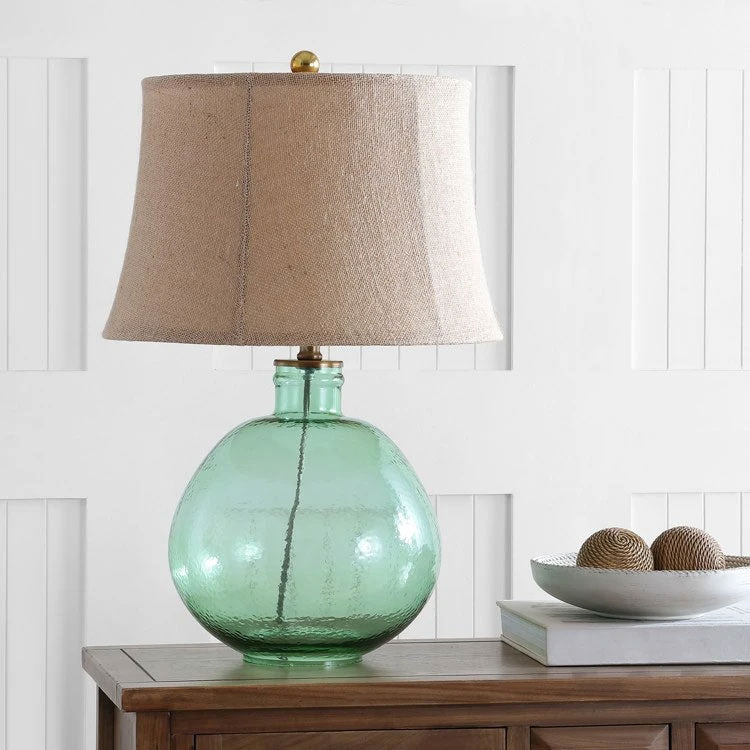
A lamp shade can also bring a pop of color or lively pattern to a room, especially when the body of the table lamp is a white or neutral color. Choose a shade in bright or subdued colors, from bold red to salmon pink to pastel yellow. Keep in mind the shade will affect the color of the light.
Art glass shades come in a rainbow of colors and make vibrant options for pendants, chandeliers, and sconces.

Interior designer tip: Choose a lamp shade that matches the color of another décor element, such as throw pillows or a large framed painting. Or, choose a shade that’s in the same color family as a prominent room feature, such as the sofa or sideboard.
Light and lamp shades can illuminate the style of a lamp—or make a statement in their own right. Now you’re ready to choose shades that elevate your home, whether you’re swapping out shades for a room refresh or choosing all new light fixtures.



